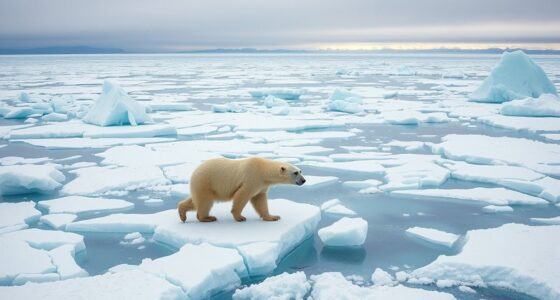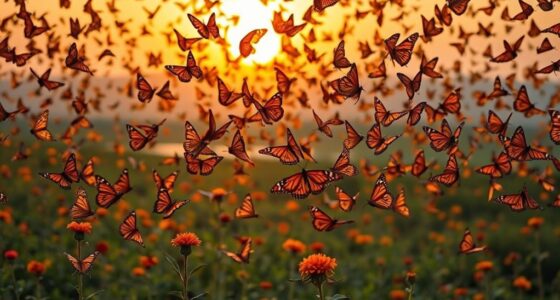The most dangerous predator you've never heard of is the mosquito. Often overlooked, these tiny insects are responsible for around 725,000 human deaths each year, primarily through diseases like malaria and dengue. They thrive in stagnant water, where they breed rapidly. Their bites aren't just annoying; they transmit illnesses that affect over 700 million people globally. Unlike more famous predators, mosquitoes are stealthy, lurking in the shadows. To truly grasp their impact and learn how to protect yourself, keep exploring the hidden dangers of these tiny assassins lurking nearby.
Key Takeaways
- The Box Jellyfish is often overlooked but has a lethal sting that can cause cardiac arrest within minutes, making it incredibly dangerous.
- The Cone Snail uses venomous harpoon-like teeth to ambush prey, with no available antivenom, posing a significant threat to humans.
- The Stonefish, known as the most venomous fish, delivers powerful venom and sharp teeth that can be fatal if stung.
- The Blue-Ringed Octopus is small but deadly; its venom can lead to rapid death, yet many people are unaware of its danger.
- The Inland Taipan, despite being the most venomous snake, is rarely encountered due to its remote habitat, making it a hidden threat.
Overview of Deadly Predators
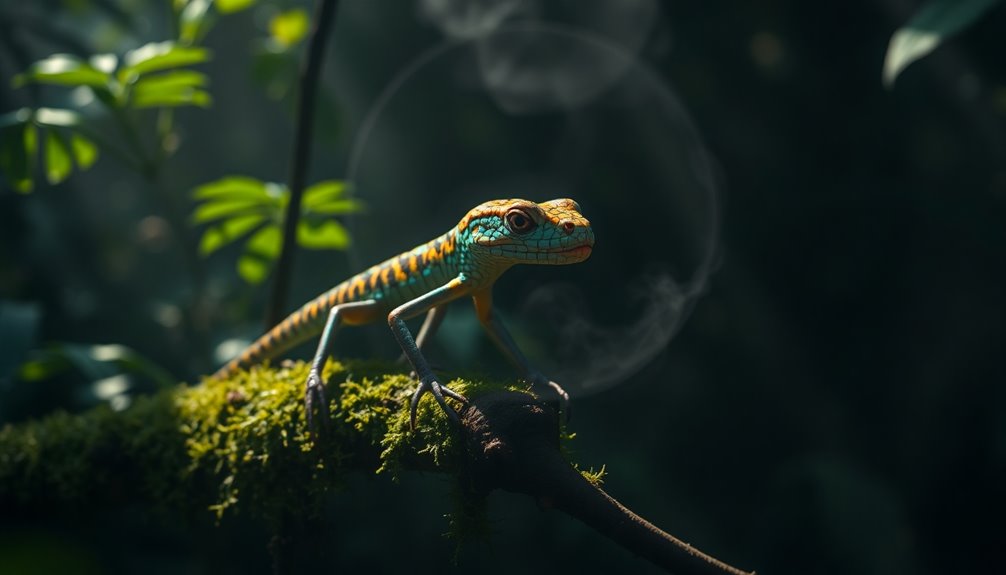
When you think of deadly predators, you might picture fierce land animals or ferocious sea creatures, but many lesser-known species possess remarkable adaptations that make them just as lethal.
Take the inland taipan, for example; it's the most venomous snake in the world, capable of killing an adult human within an hour.
Then there's the box jellyfish, whose lethal sting can cause cardiac arrest in minutes.
Other dangerous animals, like the cone snail, use their venomous harpoon-like teeth to ambush prey, posing hidden threats to unsuspecting humans.
Even the stonefish and Brazilian wandering spider, often overlooked, can deliver powerful venom and sharp teeth in defense.
These predators remind us that danger often lurks in unexpected places.
The Role of Mosquitoes
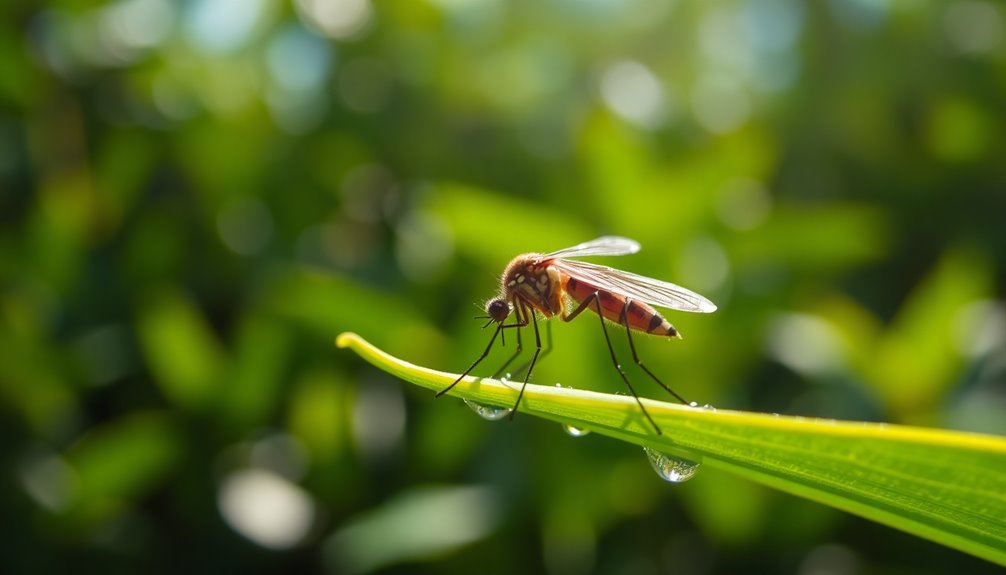
When you think about deadly predators, mosquitoes mightn't come to mind, but they're responsible for around 725,000 human deaths each year.
These tiny insects transmit diseases like malaria and dengue, with Africa bearing the brunt of the impact.
Understanding their role in disease transmission and exploring effective prevention measures is essential for protecting lives.
Disease Transmission Mechanism
Although you may not think about them often, mosquitoes play an essential role in spreading some of the deadliest diseases known to humans.
These dangerous animals are the primary disease transmission mechanism for illnesses like malaria and dengue fever. Only female mosquitoes bite humans, needing blood to develop their eggs, which makes them effective vectors for disease.
Once they bite, they can transfer pathogens directly into your bloodstream, leading to significant health issues. In Africa alone, mosquitoes are responsible for about 95% of malaria cases and nearly all related deaths.
To protect yourself, using insect repellents and mosquito nets is vital in reducing the risk of contracting these deadly diseases carried by this tiny, yet impactful, predator.
Global Mortality Statistics
Mosquitoes, often overlooked in discussions about global health, are responsible for staggering mortality statistics that underscore their lethal impact. According to the World Health Organization, these tiny creatures account for around 725,000 human deaths annually, making them the deadliest animals on the planet.
They transmit various diseases, with malaria being the most deadly, responsible for 95% of cases and deaths primarily in Africa. Only female mosquitoes bite, seeking blood for reproduction, while males feed on nectar.
This highlights the crucial role mosquitoes play in global mortality. Understanding their impact is essential for public health strategies aimed at combating the diseases they spread and reducing the immense toll they take on human life.
Prevention and Control Measures
The staggering mortality caused by mosquitoes highlights the urgent need for effective prevention and control measures. You can play an essential role in promoting health by adopting strategies that target these dangerous pests. Focus on methods that specifically address female mosquitoes, as they are the ones that bite.
| Prevention Method | Description | Benefits |
|---|---|---|
| Insecticide-Treated Nets | Keeps mosquitoes away during sleep | Reduces malaria transmission |
| DEET Repellents | Offers protection from bites | Safe for daily use |
| Environmental Management | Eliminates standing water | Reduces breeding sites |
Lesser-Known Venomous Creatures
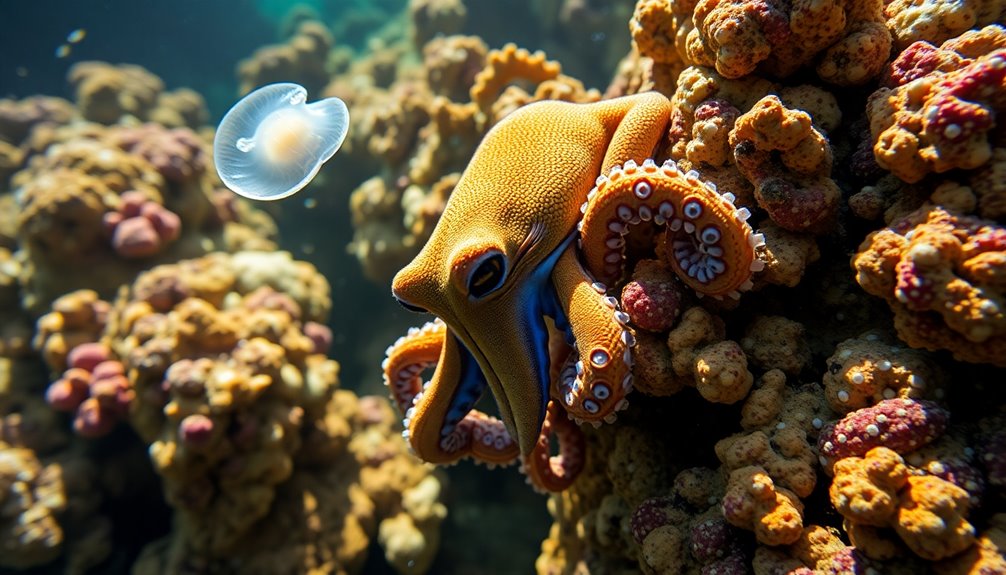
When you think of dangerous creatures, you might picture snakes or spiders, but the ocean and land are home to lesser-known venomous threats.
From the lethal sting of the Box Jellyfish to the stealthy ambush of the Stonefish, these hidden dangers can strike without warning.
It's essential to stay informed about these predators to avoid unexpected encounters.
Hidden Marine Dangers
While many people are aware of the dangers posed by well-known marine creatures like sharks and jellyfish, numerous lesser-known venomous species lurk beneath the surface, ready to strike.
These hidden marine dangers can deliver dangerous bites or stings that you mightn't see coming. Here are a few to be cautious of:
- Box Jellyfish: Its sharp tentacles can cause heart failure.
- Cone Snail: Uses a venomous harpoon to paralyze prey; no antivenom exists.
- Pygmy Mantis Shrimp: Powerful claws strike like bullets.
- Stonefish: The most venomous fish, delivering pain and potential death.
- Blue-Ringed Octopus: Small but deadly; its venom can kill quickly.
Stay alert to avoid these hidden threats!
Unseen Terrestrial Threats**
Hidden in the shadows of forests and deserts, numerous venomous creatures can deliver life-threatening bites or stings, often going unnoticed until it's too late.
The Brazilian Wandering Spider, with its sharp claws and potent venom, can cause death within hours if untreated. Meanwhile, the Inland Taipan, reclusive yet deadly, is known to eat small mammals and can kill an adult human in just an hour.
The Golden Poison Dart Frog boasts enough toxin to take down ten people, making it a formidable defense mechanism against predators.
Even the Stonefish lurks in shallow waters, ready to release a sting that can be fatal within minutes.
Each of these creatures exemplifies the unseen dangers lurking in our world.
Human-Caused Threats
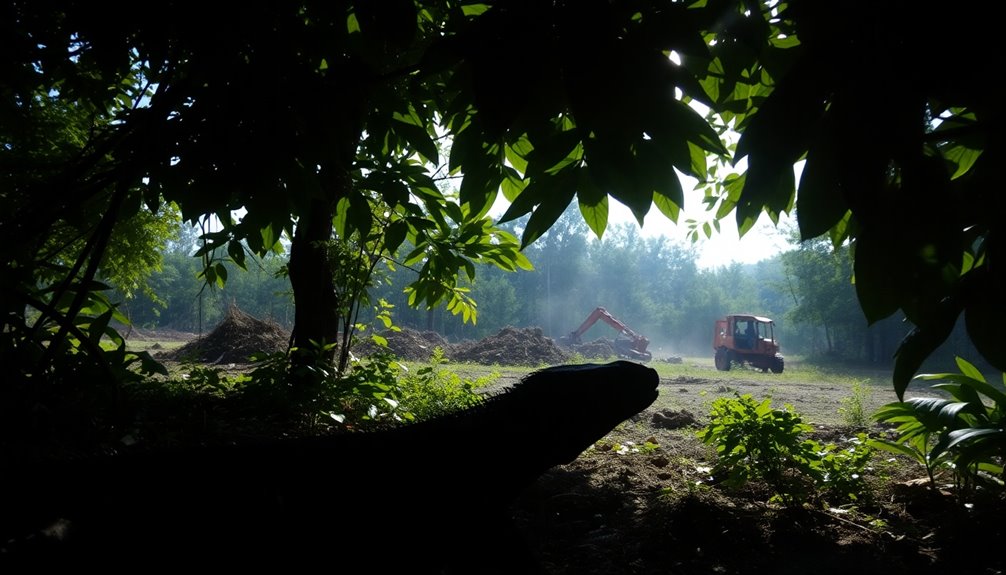
Human activities have a profound impact on wildlife, often leading to dangerous consequences for both animals and humans alike. As habitat loss occurs through deforestation and urbanization, wildlife becomes more aggressive, defending their territories. This creates conflicts, especially with large mammals.
Additionally, human-caused threats like overfishing and the introduction of invasive predators further disrupt ecosystems and biodiversity.
Here are some key factors to evaluate:
- Habitat loss from urban expansion
- Poaching leading to population declines
- Overfishing depleting marine life
- Increased encounters with invasive predators
- Human-wildlife conflicts rising due to territorial defense
Moreover, diversification strategy in conservation efforts can help mitigate the effects of these human-induced challenges.
Impact of Climate Change
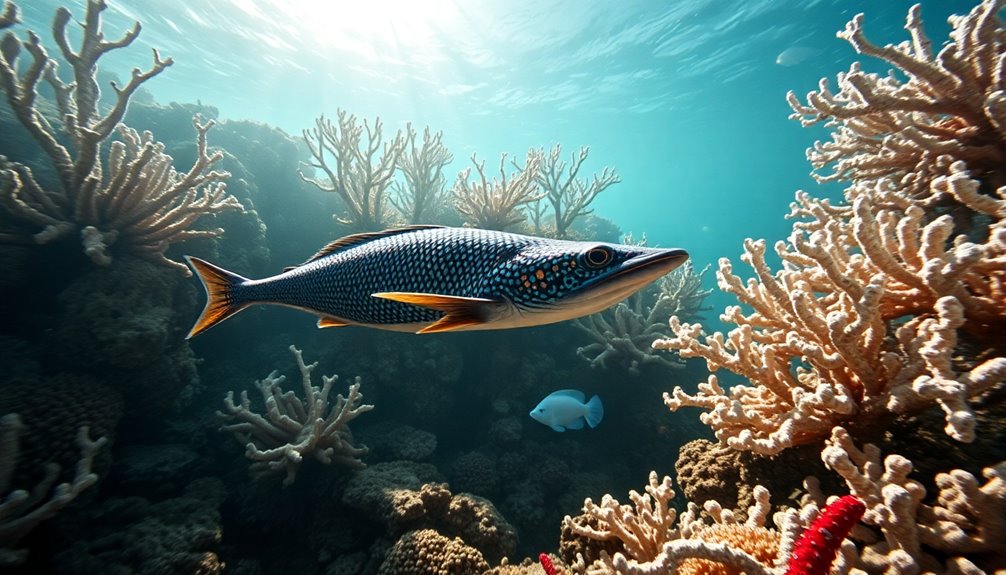
As climate change reshapes our planet, it's crucial to understand its impact on wildlife, particularly predators that play important roles in maintaining ecosystem balance.
The world's most dangerous predators, like the polar bear and various marine species, face severe challenges due to habitat loss and changing environments. Rising ocean temperatures disrupt the distribution of marine predators, causing food webs to shift and prey populations to decline.
Extreme weather events, such as hurricanes and droughts, threaten breeding and hunting grounds, making survival even harder. As ice caps melt, top predators struggle to find food, leading to decreased populations.
Overall biodiversity loss from climate change diminishes ecosystem resilience, complicating survival for both predators and prey in these rapidly changing habitats.
Strategies for Prevention
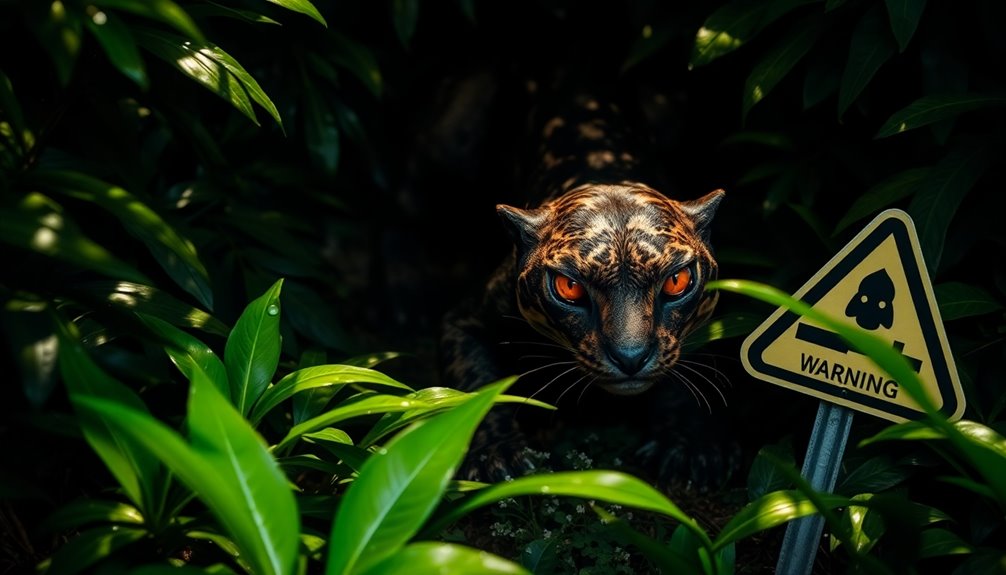
Climate change not only threatens predators but also increases the risk of diseases carried by insects, such as mosquitoes.
To combat this growing threat, you can adopt several effective strategies for prevention recommended by the World Health Organization:
- Install mosquito nets in sleeping areas to reduce exposure to bites.
- Use insect repellents with DEET or picaridin on exposed skin.
- Regularly eliminate standing water around your home to cut down mosquito breeding sites.
- Educate yourself and your community about the symptoms of mosquito-borne illnesses for early detection.
- Support local environmental conservation efforts to maintain natural predators that keep mosquito populations in check.
Frequently Asked Questions
What Is the Most Dangerous Predator to Ever Exist?
When you think about the most dangerous predator to ever exist, you might picture fearsome creatures like dinosaurs or massive sharks.
However, it's crucial to reflect not just size but also hunting skills and adaptability. Some of the most effective predators have been smaller, using cunning and speed to catch prey.
The title of the most dangerous predator can vary based on criteria, but it often evokes images of creatures that dominate their environments.
What Is the World's Most Dangerous Predator?
Imagine a tiny thief lurking in the shadows, waiting to snatch away your health.
That's the mosquito, the world's most dangerous predator. While you might think of lions or sharks, it's these minuscule creatures that claim more lives than any beast.
They spread deadly diseases like malaria and dengue, particularly in vulnerable areas.
You can fight back with nets and repellents, but remember, this unassuming foe isn't easily defeated.
What Is the Most Dangerous Predator to Humans?
When you think about the most dangerous predator to humans, mosquitoes come to mind.
They're responsible for around 725,000 deaths each year, spreading diseases like malaria and dengue. Their tiny size makes them easy to overlook, but their impact is massive.
While other predators like snakes and jellyfish have deadly capabilities, it's the common mosquito that poses the greatest threat, reminding you to take precautions against these seemingly harmless insects.
What Is the Most Terrifying Predator?
Imagine wandering through a shadowy forest, where unseen eyes lurk behind every tree.
The most terrifying predator isn't always the largest; it's often the one you can't see. From the silent strike of the Pygmy Mantis Shrimp to the Box Jellyfish's nearly invisible sting, these creatures embody fear itself.
They remind you that danger can come in the most unexpected forms, lurking just beneath the surface or hidden in plain sight.
Stay alert!
Conclusion
In the grand theater of nature, mosquitoes play the role of the unseen villain, silently wreaking havoc while we focus on more glamorous predators. Did you know these tiny creatures are responsible for over one million deaths each year? Just like a shadow lurking in the corner, they remind us that danger often hides in plain sight. By understanding and combating these threats, we can take control of our health and reclaim the stage from these deadly actors.




